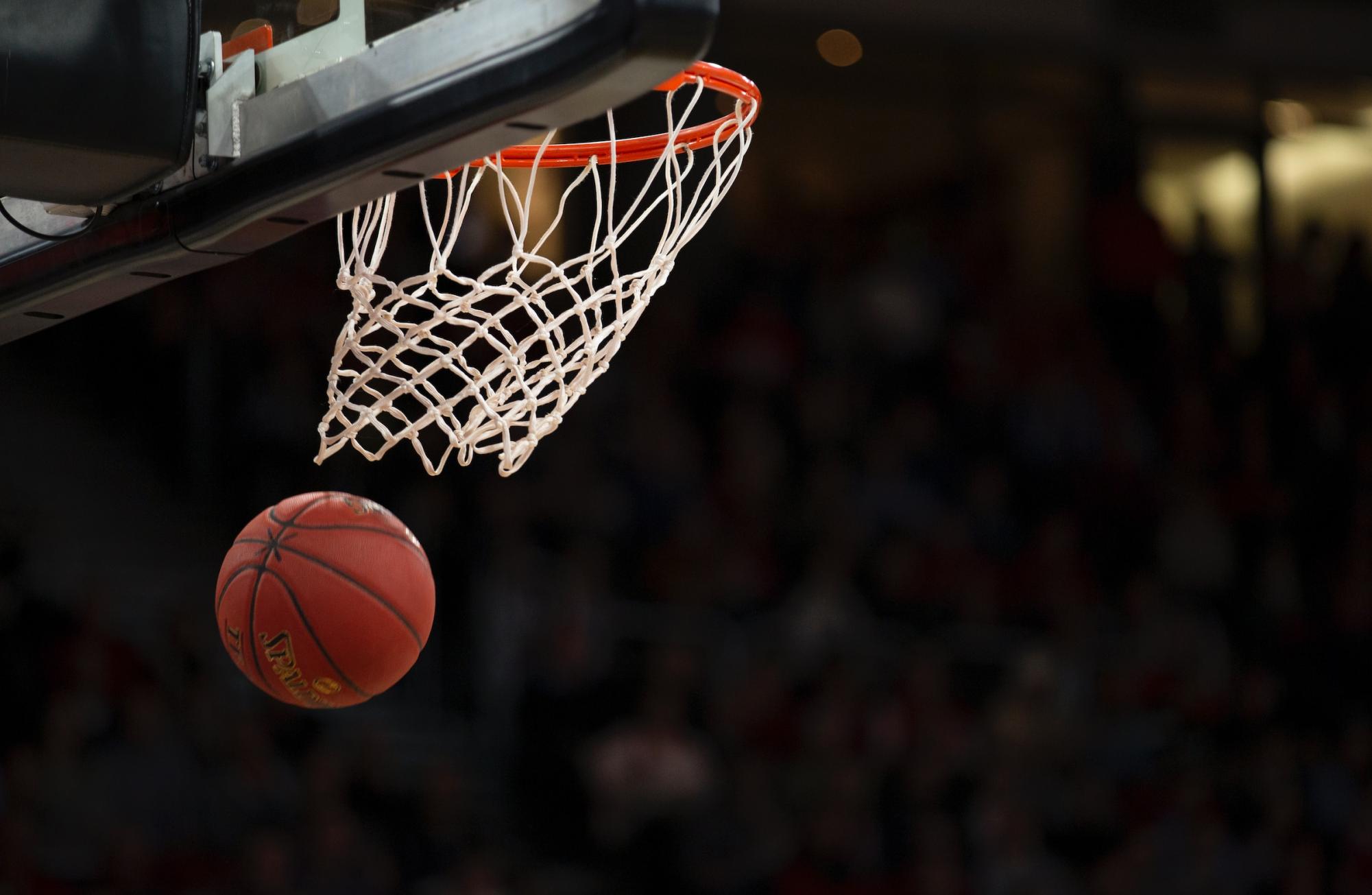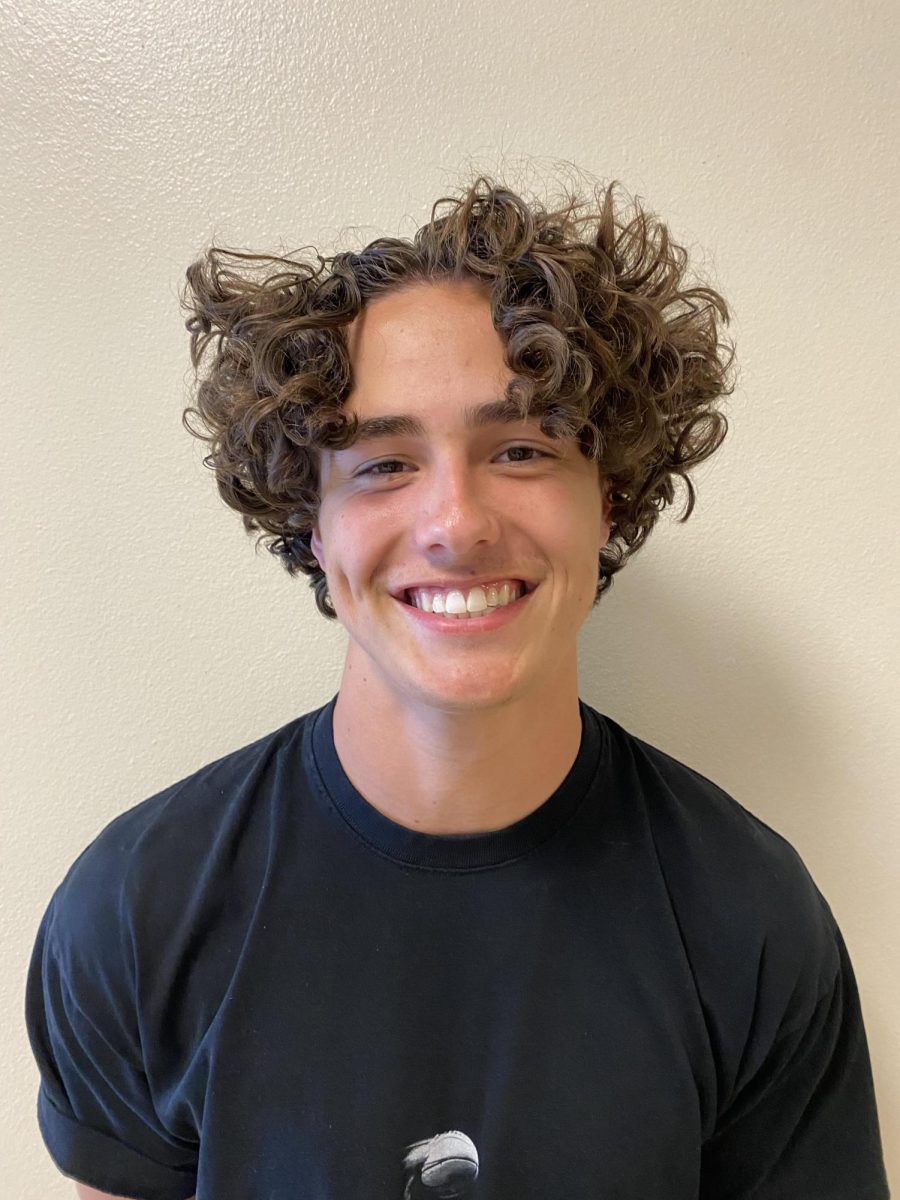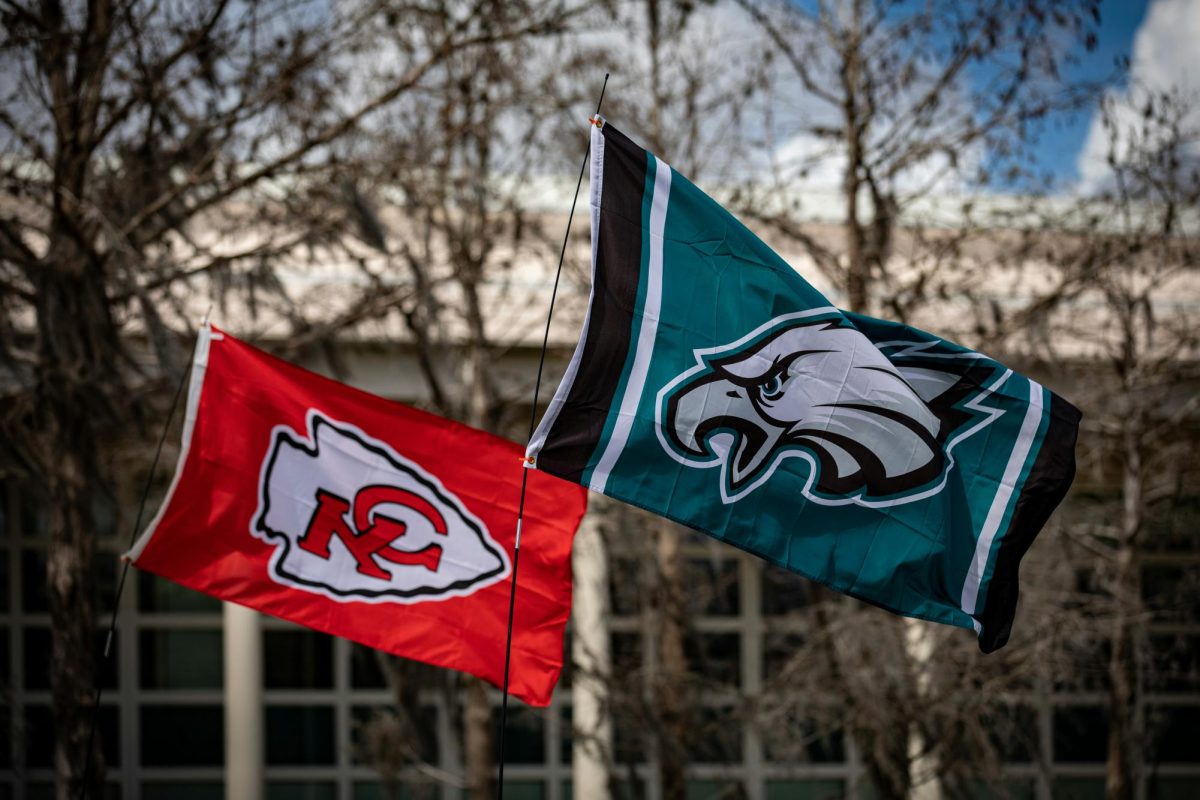(This story was originally published in The Elevator in June, 2022.)
This year commemorates the 50th anniversary of Title IX: a law issued by the US Department of Education’s Office for Civil Rights (ORC) in 1972 to guarantee that all male and female students and personnel are treated equally in educational environments. It also outlaws sex-based discrimination, including sexual harassment, as well as protects those who identify as neither male nor female.
Despite its broad aim, Title IX is most famous for its impact on athletics. Specifically for girls and women’s programs, its protections have opened many doors.
“Just after Title IX passed, I was in high school and we did not have many athletics or sports that were just for females,” said Andy Jones, Oregon City High School Athletic Director and Assistant Principal.
Meanwhile, several schools, educational organizations, and other institutions have achieved significant improvement in the last 50 years. And many might agree that this advancement has not only been accomplished but observed, since more athletic programs for females are offered across the country, and even in more local areas.
Historical Problems Contributing to the Publication
Before Title IX, women were often excluded from or had limited access to programs.
Many colleges and universities imposed harsh quotas or restricted them from applying all together. Those who were accepted had higher exam scores and grades than were required for admittance.
Stricter rules were implemented for women as well. They had earlier curfews, and were not able to enter certain “male” programs such as medicine.
Because of this, in 1971 fewer than 30,000 females participated in college level athletics making up only 15% of total NCAA athletes, compared to 170,000 male. Womens programs only got around 2% of sports expenditures, and athletic scholarships were almost non-existent, according to History.com.
This segregation was not only experienced in college programs but high schools too.
Thus, Title IX was created as a resolution to mistreatment towards women as the Education Amendments of 1972’s Title IX preamble states that:
“No person in the United States shall, on the basis of sex, be excluded from participation in, be denied the benefits of, or be subjected to discrimination under any education program or activity receiving federal financial assistance.”
Fine Print
Title IX worked wonders for women as many educational programs and other institutions were forced to abide by the law.
The law itself does instate that males and females exist in an equal environment, yet many don’t know the individual measures needed to be taken for that to happen, and some of the more minor issues that come with them.
Title IX assures that unequal participation proportions be restored. It achieves this by equating all league sports to the percentages of boys and girls who make up the school population.
“If it’s 52 percent females and 48 percent males, our athletic participants need to be at 52:48, or within a percentage of each.” Jones Said.
Yet, Some sports such as cheerleading and dance, cannot be considered. Although it is an athletic program, it’s not an official league sport, making it unaccountable. That’s 60-80 girls they can’t include in data.
Football, in particular, has been one of the hardest sports to apply this to, as teams could have approximately 150 males, and on occasion, three females.
In terms of budgets, women’s programs today receive well over 2 percent of total funds. However, money hasn’t always been the direct problem. The majority of program funds are distributed in equipment rather than dollar amounts, and the same is true of donations.
Any contribution made to a certain program must be matched to another. For example, if a football team receives a donation of $10,000, it could buy them 50 sets of pads, helmets, etc. This falls under the safety equipment category, and therefore, it has to be equated with another sport, like soccer, and they would then receive 50 sets of shin guards.
The American Civil Liberties Union (ACLU) oversees everything budget or money related, and could care less where the money comes from, as long as it’s leveled out throughout programs.
“That’s why sometimes we can’t take donations, because we just can’t find the resources to do what we need to do to make sure that we are in compliance,” Jones said.
So, money itself hasn’t been an issue necessarily, but if a program’s donation or amount of money can’t be matched, then it must be turned away due to Title IX violations.
When it comes to Title IX, most complaints have been made due to facilities.
In 2017, Portland, Oregon’s Grant High School softball team filed a federal lawsuit against the Portland school district due to the inequality in their facilities. The teams’ “facility” was over a mile off campus on an undertaken dirt field, while the baseball team’s was feet away from the school with “state of the art turf” and locker rooms, according to OREGONLIVE.COM.
Another complaint was made at Oregon City High School. It was due to the baseball facility having a sound system. Sound Systems don’t fit under the Title IX criteria, but showed how easy it was and still is to get involved in a Title IX case, which can be very costly.
Title IX cases can be filed over things as little as one facility having a flag poll and the other not.
It’s not just members of the school that can make complaints; anyone can. Due to this, many complaints are filed because spectators who come to schools for athletic events don’t just sit in the stands and watch, but also judge the school based on what they see.
“It’s an unfair judgment, because that’s all they see.” It’s the only perception they have, ” Jones said.
These are just a few examples of the fine print of Title IX, which ensures equality but contains restrictions that the majority of people are unaware of.
Is it Working?
Many people associate the idea of equality with a problem. Yet, it should be celebrated, as it is the 50th birthday of a solution towards that. Oregon City High School is just one example.
Oregon City High School student athletes and faculty are doing their job to maintain Title IX. There hasn’t been a history of violations towards the school in many years, as the staff works hard to make sure their athletics are treated well in an equal and fair environment.
Approximately every 7 years, they bring an audit to the campus to make sure their facilities are up to date and not in danger of Title IX violations.
They make sure facilities like locker rooms, team rooms, and square footage are the same for boys and girls.
Many athletic programs are offered for both genders, including basketball, soccer, baseball, softball, tennis, lacrosse, football, and many more.
The baseball and softball teams have similar fields and hitting facilities, even though they’re not the exact same size. It is in reference to the proportions of the fields. A softball field is ⅔ the size of a baseball field, so the hitting facility has to be at least ⅔ the size or more.
Along with equal facilities, the teams receive equal funding, facility usage, and resources needed.
Some examples of this are creating all athletic schedules a year in advance so they know who and when and where they’re playing and practicing, including transportation to and from events.
All basketball games must be traded off each week for who plays earlier and later.
Even if a majority of a team or coaching staff wants to play at a certain time, they can’t. By doing this, it gives parents time to get to games as well as stays clear of Title IX accusations.
They have also put on many projects to improve multiple sports, instead of only targeting one.
They do this by updating multipurpose facilities like their stadium, located at the old Oregon City High School known as Jackson Campus.
By updating the field, it benefits multiple sports such as football, soccer, track, and lacrosse, as well as other teams in the community.
Although resources are very important to the school it’s not the only priority, coaching is as well. There are about 150 total coaches at OCHS, with approximately 20 of them being educators, not all of them are at the school. AD/Assistant principal Jones, along with other staff, spend numerous hours in meetings to make sure all members of athletic programs are the right fit for the school and athletes.
On a broader point of view, since 1972, Title IX has made great strides when looking at the country as a whole.
Nationwide there are almost 223,000 female athletes participating in college level sports alone, and approximately 3.5 million in high school as of 2019, according to USStatisa.com.
Altogether women make up approximately 40% of athletes in the U.S.
Looking at OCHS alone, which is only one of many Title IX-affected schools, many people could agree that Title IX is certainly succeeding, and there is lots of evidence to back it up.
Improvements to be Made
Title IX is a law that ensures an equal and just environment, and it’s made much progress thanks not only to the law itself but to the people who abide by it and work hard to maintain it.
Since 1972, women have made great strides in their educational attainment, benefiting from the protections enacted through Title IX.
But as far as the future goes, there are always improvements to be made.
Facilities are one of the most common Title IX violations, hinting that there is always room for improvement in that department.
“There can always be advancements made to our facilities, but whatever we do for one program, we’re gonna try to do for another,” Jones said.
Another approach to creating a more equitable environment is to refer to the people. Seeking information about their thoughts on the issue and what they believe may be done to help them feel like they’re being treated fairly.
This can be done by sending out surveys or creating other ways to make sure voices are heard. Then taking those responses and putting them towards getting the unrepresented gender out.
Although Title IX has been successful towards women, It was made to create equal opportunities and bring both genders into the spotlight.
And if it continues to head in the direction it’s going, we will continue to celebrate its anniversary towards success as 50 years turns from 51 to 60 and counting…





![[This image was not present in the original story]
Photo via Unsplash.com](https://ochselevator.com/wp-content/uploads/2023/11/jacky-huang-yfN3UtlXhFU-unsplash-1200x801.jpg)
